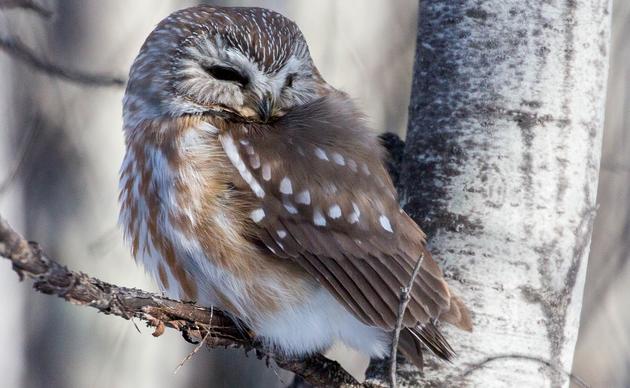Plant Lists for Onondaga Lake Restoration
The Onondaga Lake cleanup includes the creation of a green corridor connecting habitat from Onondaga Lake to wetlands at Geddes Brook, Nine Mile Creek, and the former Linden Chemicals and Plastics site, and the Shrub Willow Farm off of Airport Road. The remediation work is based on input from national and local experts, including researchers and scientists from the State University of New York College of Environmental Science and Forestry. Onondaga Lake Conservation Corps community volunteers have helped with a portion of the plantings.
Seventeen acres of land at Geddes Brook have been transformed into a diverse new habitat for wildlife. The project involved the removal of contaminated soil and invasive plants, and the planting of 50,000 native shrubs, flowers, and trees, which are critical to protecting and enhancing habitat for wildlife such as fish, birds, frogs, and turtles.
For the full Geddes Brook wetlands plant list, click here.
At Nine Mile Creek, 30 acres have been transformed into improved wetlands, a healthier creek, improved habitats for wildlife, and access for canoeing and kayaking. The project involved the removal of contaminated soil and invasive, non-native plants, realigning the creek, grading wetlands and floodplains, and planting more than 50,000 native trees, shrubs and flowers.
For the full Nine Mile Creek wetlands plant list, click here.
More than 1,100 plants, shrubs, and trees, from more than 47 diverse native species, have been planted to improve the southwest lakeshore along I-690 in Geddes. The lakeshore enhancements, which the community helped design, will create a welcoming “Gateway to Syracuse.” Once the lake cleanup is complete, there also will be improved lake access and recreational opportunities available to the public.
For the full Geddes Lakeshore Enhancements plant list, click here.
How you can help, right now
Donate to Audubon
Help secure the future for birds at risk from climate change, habitat loss and other threats. Your support will power our science, education, advocacy and on-the-ground conservation efforts.




